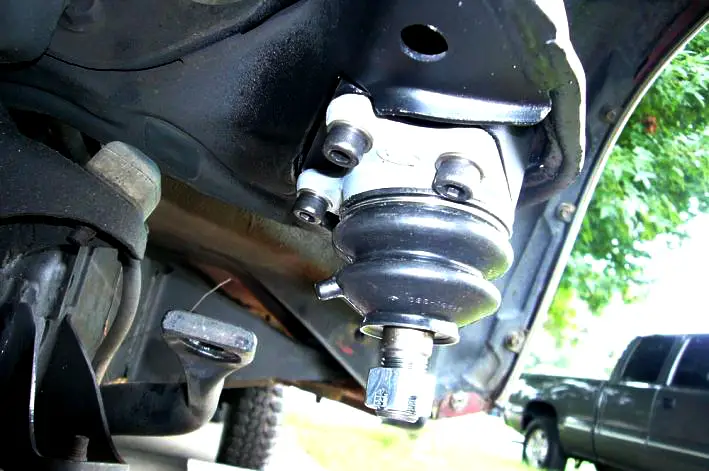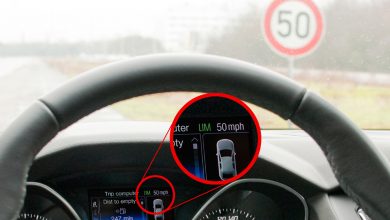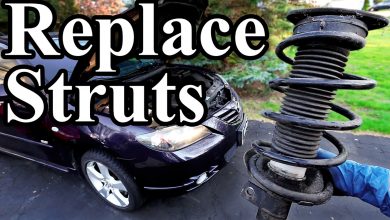How Long Should Ball Joints Last on a Truck

The spherical bearings in the truck that works as a bridge between connecting rods and steering knuckles are known as ball joints. Its parts include a bearing stud and ball-type socket used for the circulation of the tire. Ball joints last on a truck for a limited time that depends on different factors.
How long should ball joints last on a truck? The life of a ball joint mostly goes for 8,000 to 12,000 miles ranging different for different trucks. The life span of ball joints also depends upon that how frequently you applied brakes and move steering as these things directly involve ball joints.

How long should ball joints last on a truck?
If you deal with your truck in an aggressive tone then obviously it is bad for ball joints. If you provide lubrication regularly and do little struggle to protect the truck from harsh environments, it supports the longer life of ball joints.
Here our team researched the different facts related to the life span of ball joins.
Factors affecting the life span of ball joint
The following factors are directly involved in maintaining the life of ball joints:
Driving habits
The drivers who used to involve in drifts have more chances to wear out early from their ball’s joint. People with decent driving habits always have an upper hand in their truck’s check and balance system.
But there are special built-in models for aggressive tone drivers and they can go for them.
Every truck can’t bear your accelerated foot. As a result, the thing that happens leads to unnecessary jerks. Jerks are too bad for any vehicle. Mechanical failures in the joint can be caused by these types of bonk. You must be careful about your truck’s body parts and their maintenance.
Brake frequency
Whenever you apply brakes there is stress in the form of inertia which is applied on the whole truck’s body. This inertia is more on all types of joints including ball joints.
This means every time while their brake’s implementation they have to face a type of fatigue. So, more the time you apply brakes, more the chances of early cracking of ball joints.
Cornering frequency
Cornering means turning your car in any other direction. It effects but this one is such a minor effect that you can ignore this. In the same way, as stress works in the form of inertia while brakes implementation, a similar situation goes with this.
So, it is recommended that while taking sharp turns always lower your truck’s speed.
Regular maintenance
Maintenance mainly includes checking for grease demand or oiling conditions. Ball joints have a casing at their ball’s(head) side which protects it from dirt and humid environment.
But still, it needs protection in the form of a checkup to avoid any future headaches. For further clarifications visit the nearest professional mechanic.
Exposure to road
Road exposure means the average miles of travel your truck does. It is used in this sense that the chances of accidents your truck face and that’s directly proportional to the distance traveled. You can also say the mileage that your truck does is called road exposure.
The other factor you have to include in this effect is the road safety conditions where you travel. If you are driving on a mountainy area, desert, or any under developing site then there are more chances that your truck fails your ball and socket joint.
Always keep in mind all the environmental conditions and work accordingly for more benefits.
Symptoms of ball joint failure
By these given symptoms you can easily check whether your ball joints need replacement or they are in good condition.
Steering wandering
Have you ever wondered why your steering moves from left to right or right to left on its own?
When the ball joints are in bad condition, wheel alignment is not proper at that moment. That’s the reason why your steering wanders from one side to the other.
So, if you are facing this situation must pay heed to the steering movement until you change your ball joints.
Front tires clunking sound
After the failure of ball joints, the ball in the socket starts vibrating. This vibration is because when the ball joint wears out their actual contact with the socket starts loosening. And that looseness after the failure produces sound while driving.
This is one of the strong predictions as the clunking sound produced by the wheels can only be caused by some of the joints, and that joint is possibly ball and socket.
Tire wear issues
There are more chances of wearing out of your tire when you are having an issue with the tire alignment. Generally, misalignment produces stress on tires and then tires start wandering on either side depending upon the position of the car.
And then you have to force the steering again to be in the actual position. So, it is more preferable to change your ball joints both in terms of money and time.
Truck veer to one side after the bump
When you are having issues with the suspension or alignment then anything can happen. The geometry of the front part of the vehicle is built in such a way that it has to engage the whole car.
So, problems in the alignment can create a fuss for the whole car. Normally when you release the steering wheel it comes to its original position, but after the failure of ball joints, it doesn’t happen. This is also a strong reminder to go and check the condition of your ball joints.
Front part vibration
A broken ball joint can also lead towards vibrations to the front part. As ball joints work as a bridge between connecting rod, steering, and suspension hub, so a failure in these results in extreme vibrations to the front part of the car.
Front part vibrations are alarming as these happen at the end stage of the broken joint which can be fatal.
Read also;




